Experience the excitement of Japan‘s favorite ingredient with Kanikama! Imitation crab meat, also known as crab sticks, has been a staple at sushi restaurants and supermarkets for how many years. If you’re curious about this Japanese classic, you won’t want to miss this opportunity to learn all about its delicious taste, nutritious ingredients, and fascinating history. So why wait? Discover the wonders of Kanikama today.
What is Kanikama?
Kanikama is a Japanese shorter term for Kani kamaboko (crab kamaboko) made from a type of fish paste that has a similar taste and texture to crab meat and used as a low-cost alternative to real crab in various dishes, such as sushi rolls and salads. Often shortened as Kani, Kanimaka is made of Surimi (or white fish paste). Actually, the main ingredient of Kanikama is not crab, but fish surimi. Alaska pollack, a white-fleshed fish with no peculiar taste or odor, is mainly used. In addition, locals use surimi such as fish such as Threadfin bream and lizardfish. Made by adding crab extract, salt, starch, egg white, etc. to fish surimi.
Kanikama Name
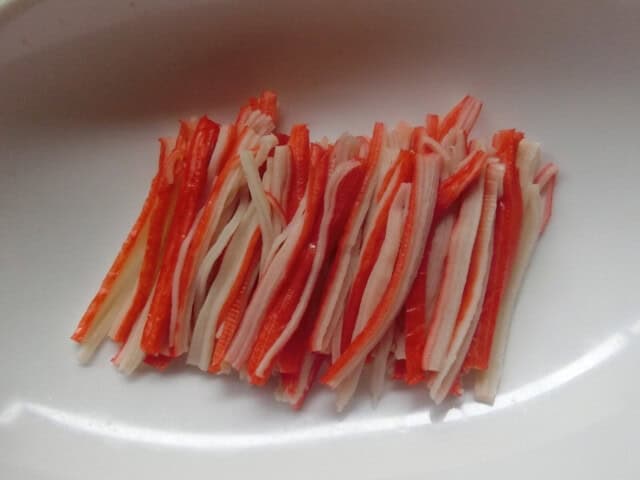
Its English names include ” crab stick,” “imitation crab meat,” and ” seafood stick,” but it is also known as ” surimi”. In Japanese, locals often write it win katakana as “kanikama (カニカマ)” for convenience of notation. It is also popular as Kaniboko. On the Internet, another name is Kanibo (crab stick).
Kanikama History
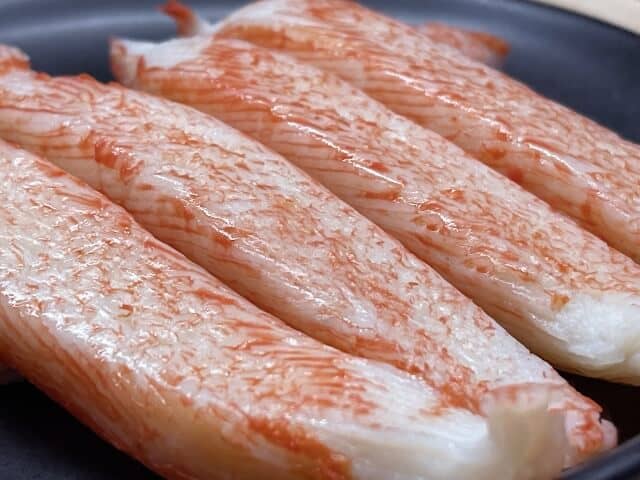
Kanikama originated in Japan in 1972. There are various theories as to how crab sticks were born, but when they were developing an artificial jellyfish, they cut it into pieces and discovered that it had a texture similar to that of crab meat, which led to the development of crab sticks. The theory that it will be seems to be influential.
In 1972, Sugiyo, a seafood processing manufacturer in Nanao City, Ishikawa Prefecture, started selling “Delicious Kamaboko/Kani Ashi”, a product made by thinly cutting colored and flavored kamaboko. Yoshihito Sugino, the third president of Sugiyo, was trying to make an artificial jellyfish from alginic acid extracted from kelp. In addition, the sodium alginate solution has the property of solidifying when placed in a calcium solution, and the artificial salmon roe is made by the same method.
Why is Kanikama popular?
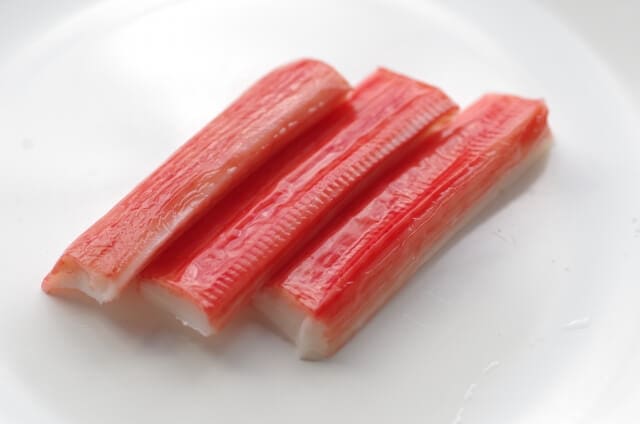
The demand for crab sticks is high in the Middle East for use in Japanese and high-end sushi restaurants. These crab sticks are also exported to Europe through the Netherlands. Although crab sticks are made outside of Japan, Japanese-made kanikama are in high demand globally due to their quality and taste. They are considered healthy and similar to real crab meat. Although other countries such as Europe and the United States also produce and sell crab sticks, the quality of Japanese crab sticks stands out.
Health information about Kanikama
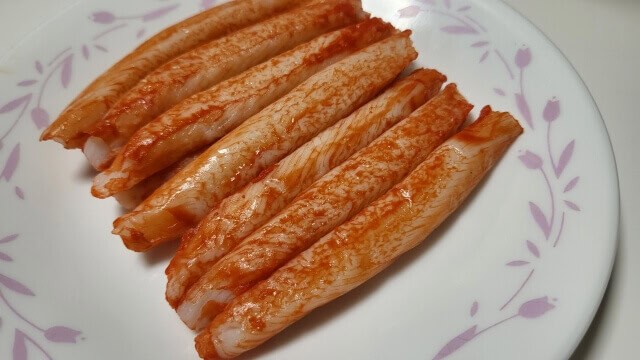
Eating 4.5 grams of minced Alaska pollack daily for three months increased muscle mass in the lower half of the body by 1.5%, even for those aged 65 and over, and confirmed the effect of extending healthy life expectancy. In fact, crab sticks have 12.1g of protein, 0.4g of fat, and 89 kcal (per 100g), which is truly high protein and low calorie. The reason for its popularity is that it does not require cooking and you can eat this simply by opening the package. Another good thing is that it is rich in calcium.
How to store Kanikama?

Kanikama that’s been vacuum-sealed and pasteurized can stay fresh in the refrigerator for up to 2 months. After opening it, you should eat it within 3 days. If you freeze it, it can last up to 6 months.
What’s the difference between kanikama and kani?
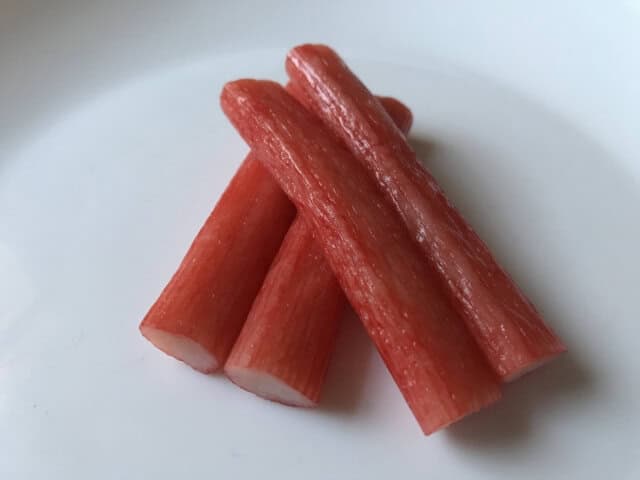
Kanikama is an imitation crab made from surimi, while kani is actual crab meat. Kani has a richer flavour and a firmer texture. It’s also more expensive than kanikama.
Kanikama FAQ
- What does Kanikama taste like?
Japanese created kanikama taste and feel like real crab, with a mild and slightly sweet flavor and low-fat content. And when you add it to a dish a topping, filling, or garnish can make the dish look more expensive and the flavors blend well.
- Is kanikama eaten raw or cooked?
Kanikama is the molded mixture of fish cooked with steam and pasteurized. You can buy it fully cooked and either eat it as is or use it in sushi.
Kanikama Recipe
Kanikama Ingredients
| Ingredients of Kanikama for1 person | Measurements |
|---|---|
| Zucchini | 30g |
| String cheese | 25g |
| Kanikama | 25g |
| Olive oil | 7g |
How to make Kanikama
Cut the stem off the zucchini, slice it diagonally, and then cut it into strips. Roughly loosen string cheese and kani kamaboko by hand.
Place the zucchini in a heat-resistant container, add the olive oil, mix, cover loosely with plastic wrap, and heat in the microwave at 500 watts for 1 minute and 30 seconds until the zucchini becomes soft and translucent.
Combine the string cheese, kani kamaboko, and softened zucchini. Then, you can serve it.
Where to buy Kanikama
Kita no Kazoku Shinjuku store (北の家族 新宿店)
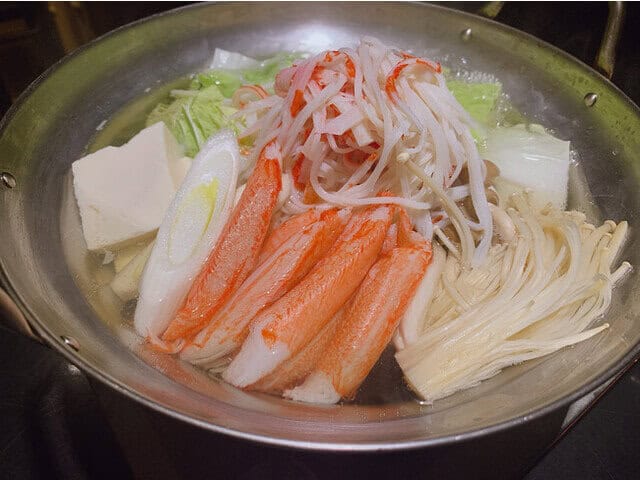
The restaurant is in business for over 40 years and is an authentic izakaya that offers affordable menus. The price is 1,280 yen (tax included) per person for a 60-minute all-you-can-eat course. A hot pot plan for winter, like a “crab sukiyaki hot pot” with all-you-can-eat crab sticks, hot pot vegetables, and soup stock. They are particular about using excellent ingredients, and we have ingredients from all over Japan, mainly from Hokkaido and Tohoku.
Recommended Kanikama products
You can buy kanikama or crab kamaboko at most supermarkets and convenience stores. So we will just recommend the product brands you can buy.
Sugiyo Kanichaimase 6 pack

Sugiyo Co., Ltd. is famous as the company that sold Japan’s first “crab-flavoured kamaboko”. Not only does it look good, but it melts in your mouth and the meat comes out from the inside. It is even more flavorful and delicious than cheap crab.
Osaki Suisan Marine Fresh

The scent is exactly like crab. You don’t need to untangle it or cut it with a knife, so it’s easy to use. It is also a point that the extra-fine crab meat spreads throughout your mouth.
Snow Crab Flavor Kanetetsu Delica Foods “Commercial Hobo Crab”

Contains chitosan, a dietary fibre derived from the crab. The snow crab itself is like the thin, short fibres that are tightly packed and unravel in your mouth. Every time you bite into it, the juicy umami overflows from between the pieces of meat.
Final Thoughts

Kanikama is a stick that’s confused a lot with either actual crab meat or other types of kamaboko. But it’s delicious to add to your sushi or dishes nonetheless. Whether you’re looking for a budget-friendly option or simply love the taste of crab, kanikama is a great choice. So next time you’re craving crab but don’t want to break the bank, reach for some kanikama.
Check out Kamaboko, Mosaebi, and Hanpen to know more about Japanese dishes.
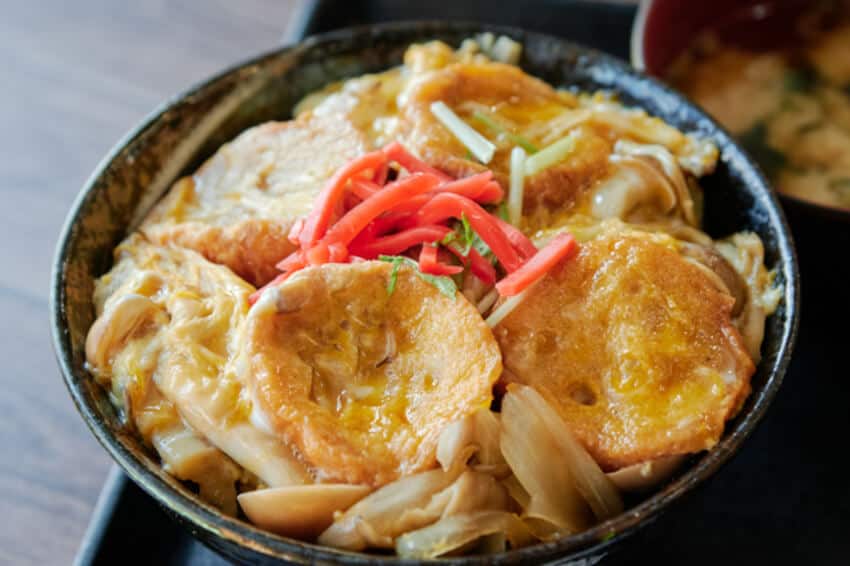
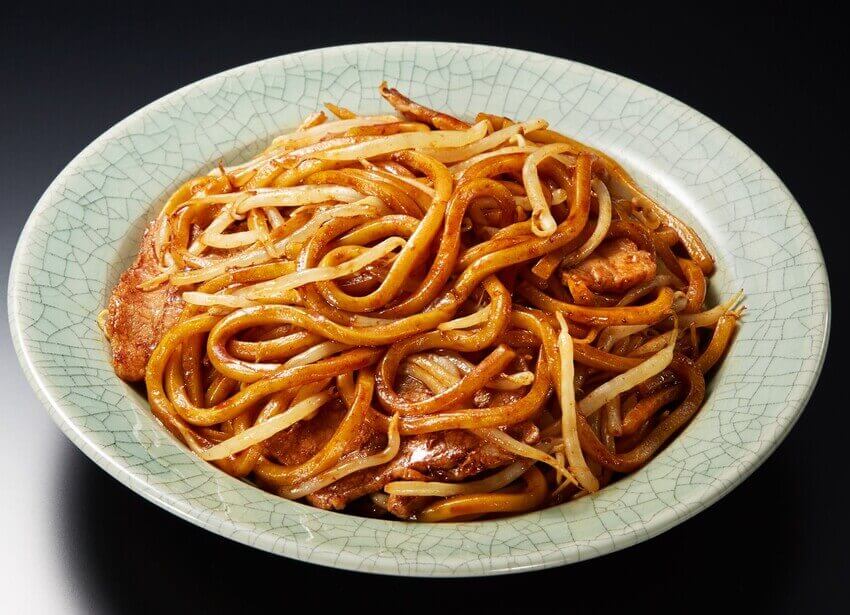




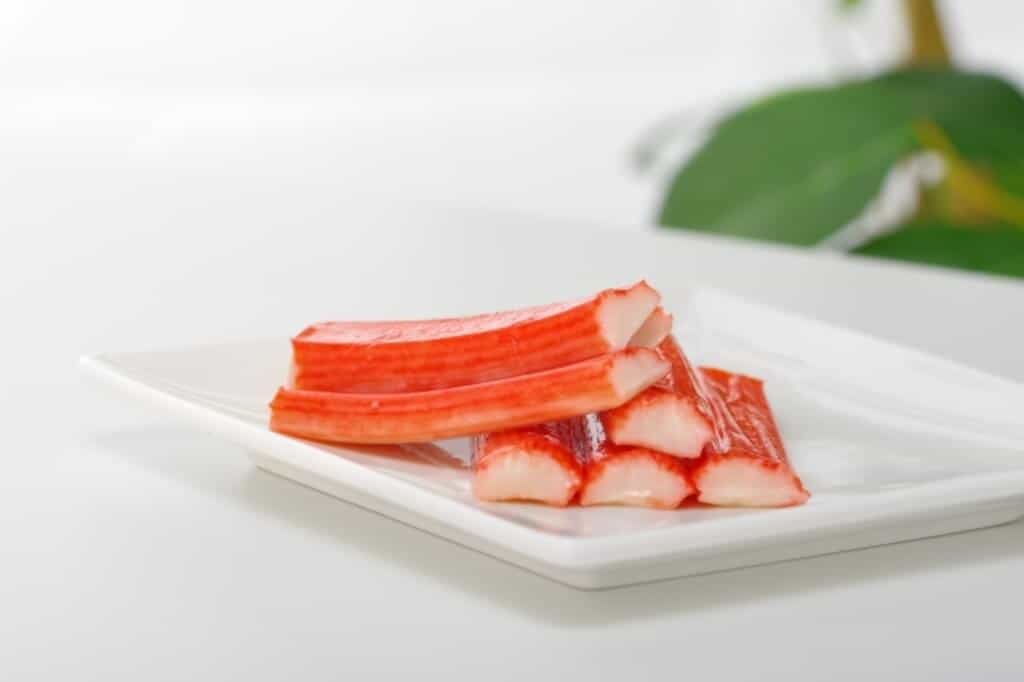
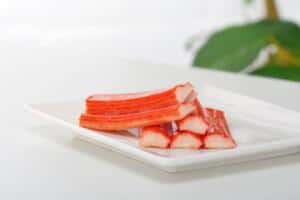
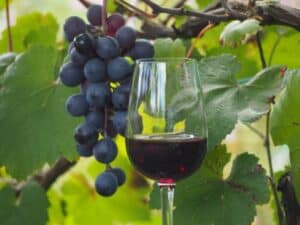
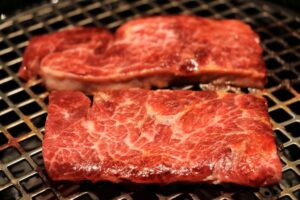
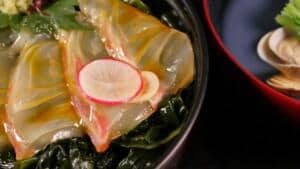
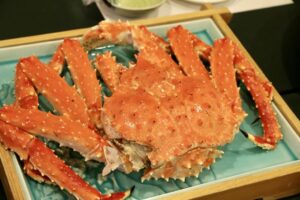
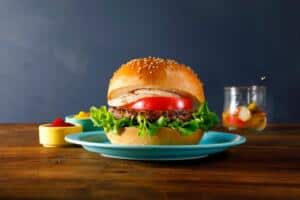
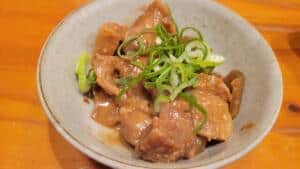
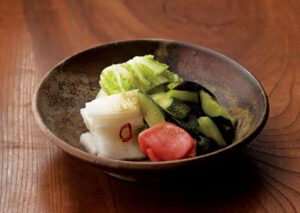
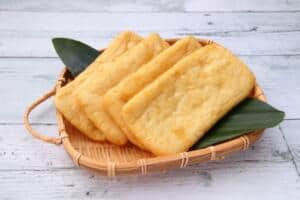
Comments